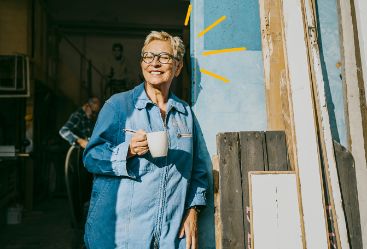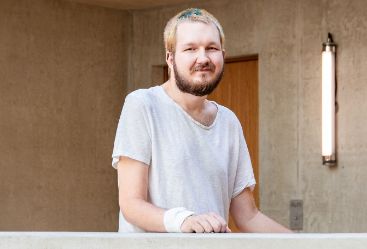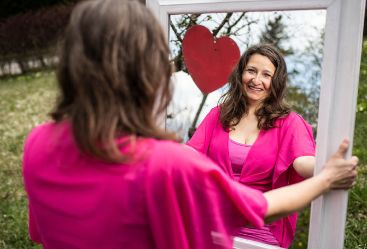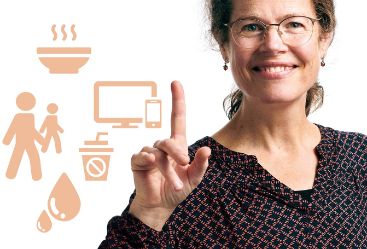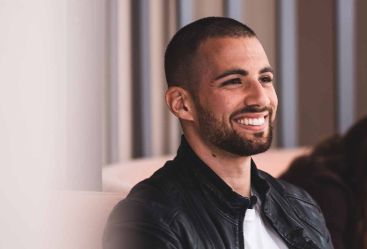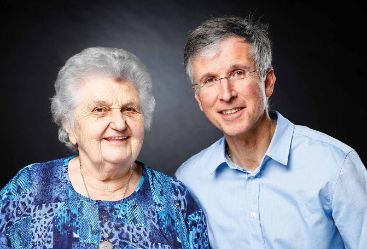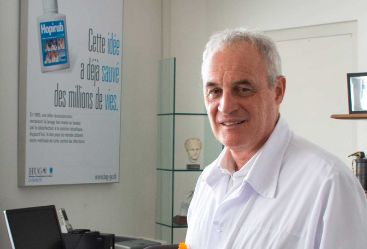The safest strategy for becoming a homeowner
03 May 2024 | Comment(s) |
Guillaume Chassot

Shall I buy a dream villa with a view or a functional city-centre flat? Or shall I renovate an old house? Ideas are plentiful when you start thinking about purchasing a property. For some people, becoming a homeowner and making their first purchase is easy, but for others it's an obstacle course... Between bank loans, interest rates, equity capital, taking out your second or third pillar pension insurance, amortisation, mortgages, etc., you can quickly feel lost. Below is an overview of the key stages involved in purchasing a property for the first time.
First stage: raise 20% of equity capital
First of all, what is equity capital? It's a financial contribution made by the future buyer. For example, if you want to buy a property worth CHF 1 million, you will need to raise CHF 200,000 from your own funds. This could be from savings, an inheritance (land, property or money), a donation or part of your second pillar insurance (LPP/BVG). If you are a couple, you are twice as likely to come up with this amount. However, for obvious long-term reasons (retirement, death, disability), withdrawing your second pillar capital amount is not always recommended. You should also bear in mind that at least half of this 20% equity, i.e. CHF 100,000, must come from a source other than LPP/BVG capital (2nd pillar). It should be noted that the acquisition costs (notary's fees, deed of purchase and mortgage) must also be financed (around 5% of the purchase price).
- Our advice: contribute to a third pillar insurance
An appropriate solution is to set up a third pillar insurance as soon as possible. This will oblige you to put money aside and will enable you, if necessary, to use the accumulated assets to finance part of the equity capital or to use it later to pay off the mortgage.
While pension provision under the second pillar is compulsory in Switzerland (for employees), the third pillar insurance is optional. You can set it up with a life insurance company, a bank or a combination of the two, subject to a maximum annual amount (for tied 3a retirement provision).
The advantage of the insurance solution is that in the event of an unexpected event, such as incapacity for work due to illness or accident, the life insurance company will pay the premium, so that you can safeguard your savings target. You can also cover risk such as death and/or disability in the form of a lump sum or an annuity. The choice is up to you, depending on your needs and life situation.

Step 2: take out a mortgage with a financial institution
When you have 20% equity, you can now move on to the second stage, the mortgage. The financial institution, a bank for example, will also take into account the income of the buyer or the couple of buyers and any future expenses in order to calculate a sustainable ratio between the two (expenses/income). Only once these conditions have been met will the financial institution agree to lend you the requested amount: in this case CHF 800,000 for the CHF 1 million house example.
Third stage: amortisation of the debt
Let's recap: our future buyer couple are happy. They've managed to raise CHF 200,000 of their own funds and, thanks to their mortgage, they now have CHF 800,000 left over to buy the house of their dreams. Well, that's where things can get tricky... According to FINMA (Swiss Financial Market Supervisory Authority) rules, our couple will have to amortise part of the debt, i.e. 15% of the value of the property over 15 years, but no later than the age of 65.
- Amortisation means gradually paying off a mortgage, and for this you have two options: direct or indirect amortisation.
If you choose direct amortisation, you will have to pay off your mortgage with the financial institution yourself, little by little, on a regular basis. Today, more and more buyers choose the indirect amortisation solution, which guarantees greater security. At Groupe Mutuel, you can do this via a life insurance policy, by paying the amount to be amortised on a regular basis.
The advantages of indirect amortisation

- Tax benefits. You can deduct the amount of your indirect amortisation from your taxable income, which generates an attractive tax saving, depending on the type of pension plan you choose.
- Premiums paid in the event of disability. This is a considerable advantage, because if by misfortune the buyer becomes disabled as a result of an accident or illness, Groupe Mutuel will pay the amortisation premiums on behalf of the insured person. In the case of direct repayment, the buyer will have to pay off the debt himself in order to be able to stay in his home.
- Capital amount in the event of death and/or pension in the event of disability In the event of death, a lump sum is paid immediately, enabling the surviving spouse to repay all or part of the mortgage. This solution is therefore the safest, both for the buyer and the financial institution. What's more, you can also take out insurance against the risk of disability, thanks to the payment of pension allowances in the event of earning incapacity due to illness or accident. Here too, in the event of a setback, this additional income ensures that you can continue to pay off your mortgage debt.
Fourth and final step: all you have to do now is sign, and think about your pension provision
The final stage, i.e. signing the deed of sale, is entirely up to you. For the rest, and whatever your family or financial situation, we have the solution to support you for the rest of your life. Don't forget to ask for advice from our insurance and pension specialists, who can give you the best possible tips for every stage of your life. Buying a property is often the project of a lifetime, so it's well worth taking an interest in your pension provision and the consequences of becoming a homeowner.








